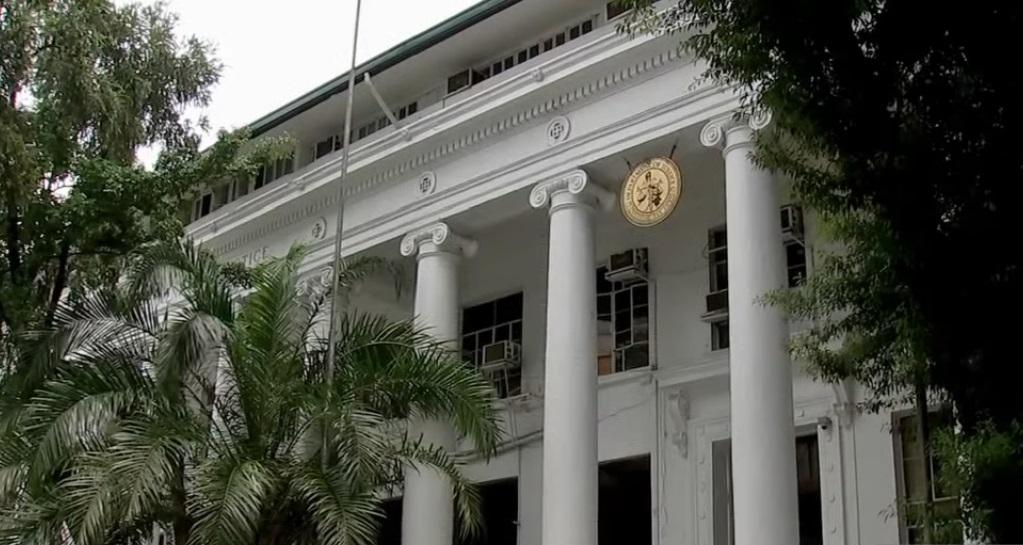
Colorado Supreme Court rules plaintiffs must show likely negligence to sue government.
A woman went to a government building for something routine. While she was there, she slipped on water that hadn’t been cleaned up. She got hurt. She blamed the county for not fixing the problem fast enough and tried to sue. But the court didn’t let her case move forward. They said the county still had its legal shield. That shield is called “governmental immunity.” It’s rules like these that protect public workers and agencies from being sued except in very specific situations.
This happened in Jefferson County, Colorado. The woman, Krista Dozier, slipped at the courthouse and got injured. Someone had already noticed the puddle and told staff to clean it. But the fall happened just a few minutes later. The county said they didn’t have enough time to fix the problem. The judge agreed and said the case should be dropped. The woman appealed. A different court said her case should continue, even if she hadn’t yet shown how long the water had been there or how slow the cleanup was. They thought it was enough that the county had been warned and that she got hurt anyway.
The highest court in Colorado looked at the case next. They had to decide how much proof a person needs to show at the very start when suing the government. That’s not a simple question. It isn’t fair to make someone prove everything before they’ve had a chance to go through the court process. But it also isn’t fair to let cases go forward if there’s no real chance they’ll win.
The court picked a middle path. They said a person needs to show they’ll probably succeed, not just possibly. In this case, the judges said it didn’t seem likely that the county could have stopped the fall in time. Only a few minutes passed between someone reporting the water and the woman getting hurt. So they threw the case out.

The judges wrote that letting the case move forward would go against the purpose of the immunity law. That law was created to keep taxpayers from having to pay for too many lawsuits. It’s not meant to punish workers who are doing their jobs and just haven’t had enough time to fix a problem.
The woman’s lawyer didn’t like the outcome. He said this new rule gives the government more power to shut down cases before they even start. The county’s lawyer said the decision gives everyone clear rules for what counts as a real case.
In the end, this wasn’t just about a puddle in a hallway. It was about where to draw the line when people try to hold the government responsible for injuries and what rules need to be in place. It shows how courts balance fairness to injured people with fairness to public workers and taxpayers. Some cases might seem simple, but when public buildings and legal protections are involved, the process gets complicated fast.
This decision could affect other people who try to sue over unsafe conditions in public buildings. They’ll need to show, right away, that they have strong enough proof to move ahead. If they can’t, the courts won’t even hear the case. That’s what happened here.
Sources:
Colo. justices clarify standard for suing govt
Colo. justices consider evidence necessary for slip-and-fall



